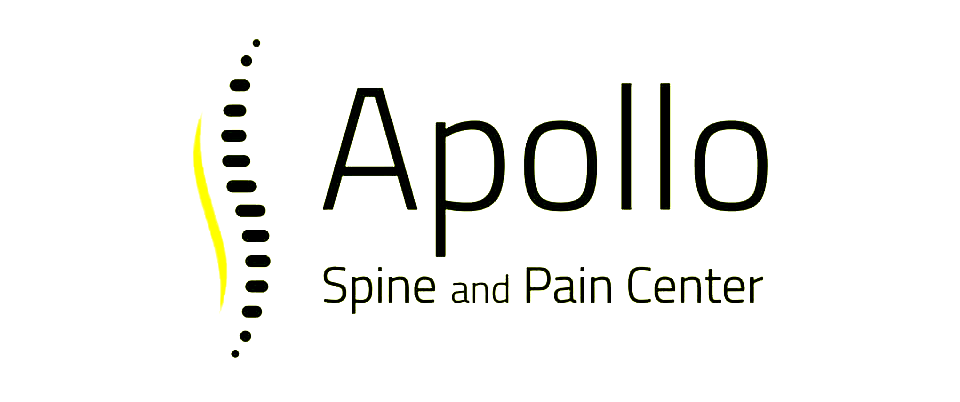Using Regenerative Medicine for Your Knee Pain Management
Knee pain is a common issue that affects people of all ages, making activities such as walking, climbing stairs, or playing sports difficult and uncomfortable. It can result from various causes, including arthritis, injuries, or degenerative conditions. Addressing knee pain promptly with the right treatment options is crucial in restoring mobility and improving life quality.
Regenerative medicine offers innovative solutions for those struggling with knee pain. By focusing on the body's natural ability to heal, regenerative therapies aim to repair damaged tissues, reduce inflammation, and alleviate pain. This approach helps patients regain their strength and return to their favorite activities without the need for invasive procedures or prolonged recovery times.
With advancements in medical science, regenerative treatments such as platelet-rich plasma (PRP) therapy provide promising results for knee pain sufferers. These therapies not only focus on pain relief but also enhance overall joint health. Exploring these options can lead to more effective and sustainable pain management solutions, helping individuals maintain an active lifestyle.
Understanding Knee Pain and Its Causes
Knee pain is a widespread concern that can arise from various underlying causes. One of the most common reasons is arthritis, particularly osteoarthritis, which results from the gradual wear and tear of cartilage in the knee joint. Without this protective cushioning, bones may rub together, leading to pain and stiffness. Rheumatoid arthritis is another cause where the immune system attacks joint tissues, causing inflammation and discomfort.
Injuries are another major factor contributing to knee pain. Sprains, strains, and tears of ligaments, tendons, or meniscus can result in significant pain and instability. These injuries typically occur from sports, accidents, or sudden movements that put excessive stress on the knee.
Knee pain affects more than just joints; it disrupts mobility and quality of life. Everyday activities like walking, bending, or climbing stairs can become painful, limiting independence and overall well-being. Reduced activity due to knee pain can lead to muscle weakening, which further complicates recovery.
Early diagnosis is crucial for treating knee pain effectively. Identifying the cause allows for targeted interventions that prevent further damage and aid in recovery. Seeking medical help at the onset of symptoms can lead to better outcomes, helping patients return to their normal routines with minimal disruption.
Introduction to Regenerative Medicine
Regenerative medicine is a groundbreaking approach that focuses on harnessing the body’s natural healing capabilities. It involves using advanced techniques to repair or replace damaged tissues, promoting the regeneration of healthy cells. This method has opened new avenues for treating conditions like knee pain, offering hope beyond traditional therapies.
Regenerative treatments work by enhancing the body's healing process. For example, platelet-rich plasma (PRP) therapy uses concentrated platelets from a patient’s blood to release growth factors directly at the injury site, reducing inflammation and accelerating tissue repair. Similarly, stem cell therapy encourages the regeneration of damaged tissues by introducing powerful cells that can transform into specialized cell types needed for healing.
Several types of regenerative therapies are available for knee pain. PRP injections, stem cell treatments, and growth factor therapies are among the most commonly used methods. Each therapy targets different aspects of the healing process, providing options tailored to the specific needs of the patient.
This personalized approach allows for more effective management of knee pain, reducing reliance on painkillers and potentially avoiding surgery. By focusing on regeneration, these treatments aim to restore function and improve joint health, offering patients a path to recovery that aligns with the body’s natural processes.
Benefits of Using Regenerative Medicine for Knee Pain
Regenerative medicine offers several advantages over traditional knee pain treatments. Unlike conventional methods that might focus on managing symptoms, regenerative therapies target the underlying causes of pain. This approach can lead to more sustainable relief and improved knee function.
One of the key benefits of regenerative medicine is the potential for reduced recovery time. Traditional surgeries often require extended periods of rehabilitation and physical therapy. In contrast, regenerative treatments like PRP therapy can significantly shorten downtime, allowing patients to resume activities more quickly.
Patients also experience fewer side effects with regenerative treatments. Since the therapies often use the body's natural components, such as platelets or stem cells, they minimize the risk of adverse reactions. This natural approach makes regenerative medicine an attractive option for those looking to avoid invasive surgery or long-term medication use.
Long-term effects of regenerative medicine can include enhanced joint health and improved knee function. By promoting tissue repair and regeneration, these treatments help strengthen the knee joint, reducing pain and improving mobility. Patients can look forward to a better quality of life, engaging in activities they enjoy without the constant burden of knee pain.
What to Expect During Treatment
Undergoing regenerative treatment for knee pain involves several steps, starting with an initial assessment. During this phase, a healthcare provider evaluates the patient's condition and discusses medical history and symptoms. This helps to formulate a personalized treatment plan that addresses specific needs.
The treatment session typically begins with the preparation of the regenerative material. For PRP therapy, blood is drawn from the patient and processed to concentrate the platelets. The prepared solution is then injected directly into the knee area, targeting the site of pain or injury. This minimally invasive procedure is done in a clinical setting and usually requires only local anesthesia.
Post-treatment care is crucial for ensuring the best results. Patients may experience some mild swelling or discomfort at the injection site, which usually resolves within a few days. It is important to follow any aftercare instructions provided by the healthcare provider, which might include rest and limited physical activity.
Expected outcomes can vary, but many patients report noticeable improvements in knee pain and function within weeks of treatment. Regular follow-up appointments help monitor progress and make any necessary adjustments to the treatment plan. With adherence to the post-treatment care plan, patients can maximize the benefits of regenerative therapies.
Conclusion
As the understanding of knee pain and its treatments grows, regenerative medicine stands out as a promising solution. By addressing the root causes of pain through the body's natural healing processes, regenerative therapies offer an effective alternative to traditional methods. Patients benefit from faster recovery, reduced side effects, and long-term improvements in knee health and mobility.
Choosing regenerative medicine empowers patients with a solution that aligns with their natural physiology. This approach does not just mask symptoms; it works to repair and regenerate the damaged areas, leading to lasting improvements. Through regenerative treatments, individuals can regain their freedom of movement and cherish activities that knee pain once hindered.
For those exploring new ways to manage knee pain, consulting a specialist in regenerative medicine can provide valuable insights. As more advancements are made in this field, it is becoming increasingly accessible to those in need of effective knee pain relief. Embracing these innovations can pave the way for a healthier, more active life.
If you’re ready to take the next step in your
pain management journey, contact Apollo Spine and Pain Center today. Our team of specialists is dedicated to providing cutting-edge regenerative treatments tailored to your needs. Let us help you regain your mobility and enjoy a pain-free life.












